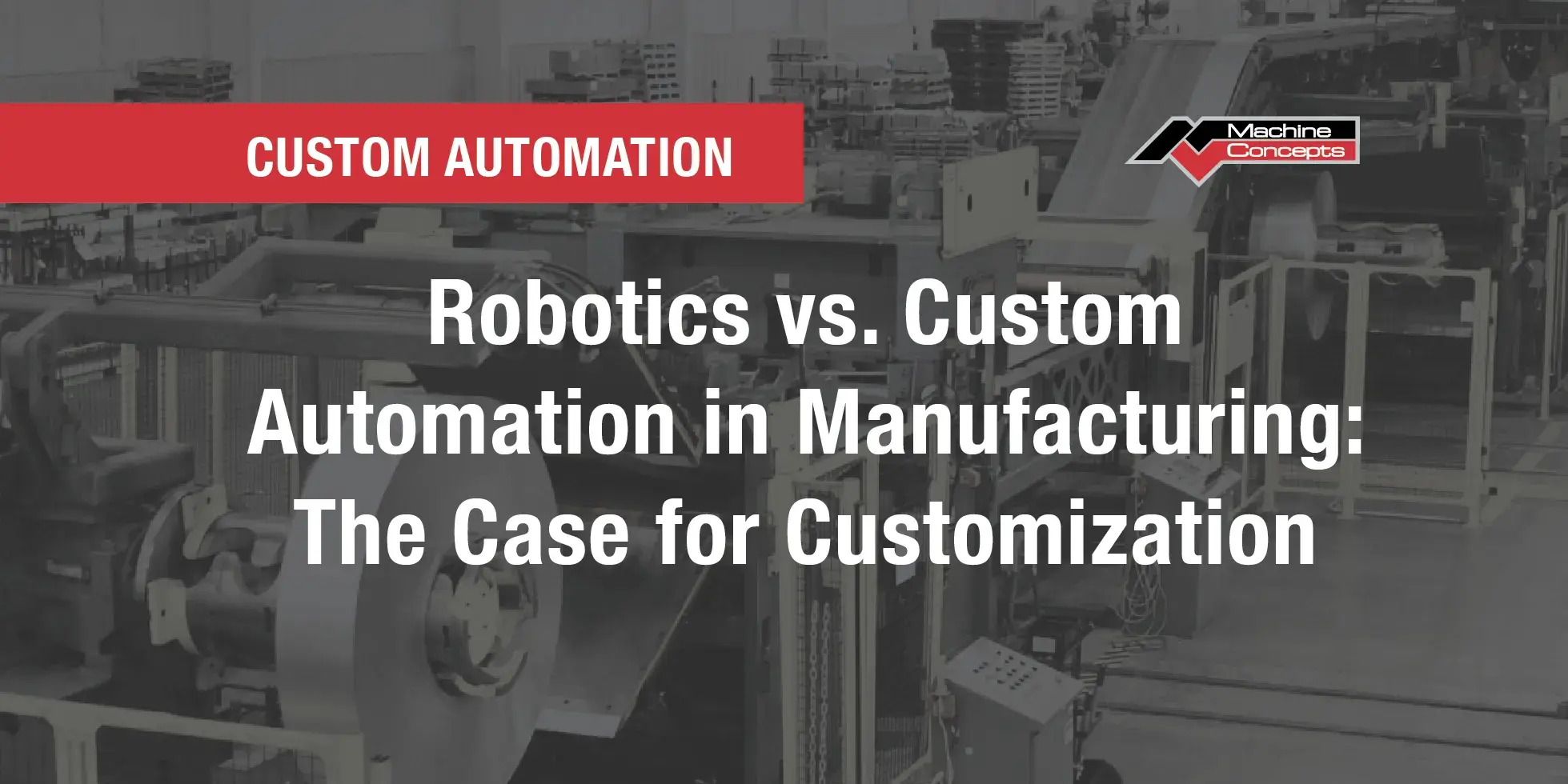Robotics vs. Custom Automation in Manufacturing: The Case for Customization
In recent decades, the manufacturing industry has undergone a significant transformation, thanks largely to advancements in technology. One of the most revolutionary changes has been the rise of automation, propelling factories and production lines into new realms of efficiency. But what do we mean when we talk about 'robots' and 'custom automation machinery'? Are they the same, or do they serve different purposes in the industrial context?
The Evolution of Automation
Traditionally, robotics in manufacturing referred to the use of programmable machines or robots that perform tasks that humans used to execute. Robots, in the classic sense, are versatile but generic. They can be reprogrammed to perform different tasks but usually require time and expertise to shift from one task to another.
On the other hand, custom automation machinery represents a more tailored approach. It’s a solution designed from the ground up, taking into consideration the unique requirements of that manufacturer, such as specific processes and functions needed, available floor space, future growth plans and more. \
Geographically, Asia continues to dominate as the epicenter for industrial robots and automation, accounting for 74% of industrial robotics installed in 2021, according to the International Federation of Robotics World Robotics Report.
In the United States, new industrial robotic installations rose by 14% with the automotive sector remaining the top adopter, according to the IFR report. The metal and machinery industry saw a significant 66% increase in installations, making it the second-highest in robot demand in the U.S. Both the plastic and chemical products industry and the food and beverage sector saw growth, with the latter benefiting from the rising demand for hygienic solutions during the pandemic.
Benefits of Custom Automation
As the momentum continues to grow and technologies advance even further, automation will play a pivotal role in shaping the future of manufacturing and production landscapes. Basic robots that are limited in versatility will be replaced with custom automation solutions that are highly flexible, efficient and more cost-effective in the long run. The benefits of customization include:
1. Designed for Flexibility. Custom automation systems are, by definition, tailor-made. This means they can be:- Tailored to specific needs: Whether it's a unique assembly line process or a specialized packaging requirement, custom automation can be designed to meet those exact specifications.
- Adapted to changing needs: As manufacturing processes evolve, custom automation systems can be more easily adapted, ensuring that they remain relevant and efficient.
- Task-specific design: With a focus on specific tasks, unnecessary movements are minimized, and processes are streamlined.
- Higher throughput: Being specialized means these systems can often achieve faster speeds and higher production rates than traditional robots.
- Seamless integration: Being custom-built, they were designed to dovetail with the existing systems, reducing integration headaches and downtime. Faster and smoother integration means getting back to production quicker.
- Future growth: Systems can be built with expansion or modifications in mind.
- Upgradability: It's often easier to upgrade a system that's been designed for flexibility from the outset vs. one that has not.
- More durable and capable of growth: Because they have a longer life on the floor, they are more cost-effective, returning a higher ROI.
- Designed to hit targeted goals: A custom solution is specifically built with specific goals in mind, such as reducing costs, increasing output and improving safety, and therefore, is highly likely to achieve those goals.
Real World Application of Custom Automation
At Machine Concepts, we specialize in custom-built automation solutions. One such solution, a Servo-Driven Dual Axis Press-to-Press Robotic Transfer System with a Custom Part Stacking System, has increased production rates and flexibility in a way no standard solution would have been able to do.
The entry system automatically adjusts the stack height as material is fed into the line. On the exit end, the stacking system automatically adjusts the stack height based on part thickness. Also, the system allows for generous adjustments in both the X and Z axes to accommodate different tooling heights, center-to-center dimensions of different tooling and part sizes. Read more about this solution here.

In conclusion, robotics and automation will continue to grow. Even more so, custom automation will play a crucial role in the future of manufacturing as it provides the tailored solutions needed to achieve an array of goals and overcome diverse challenges while remaining cost-effective.


